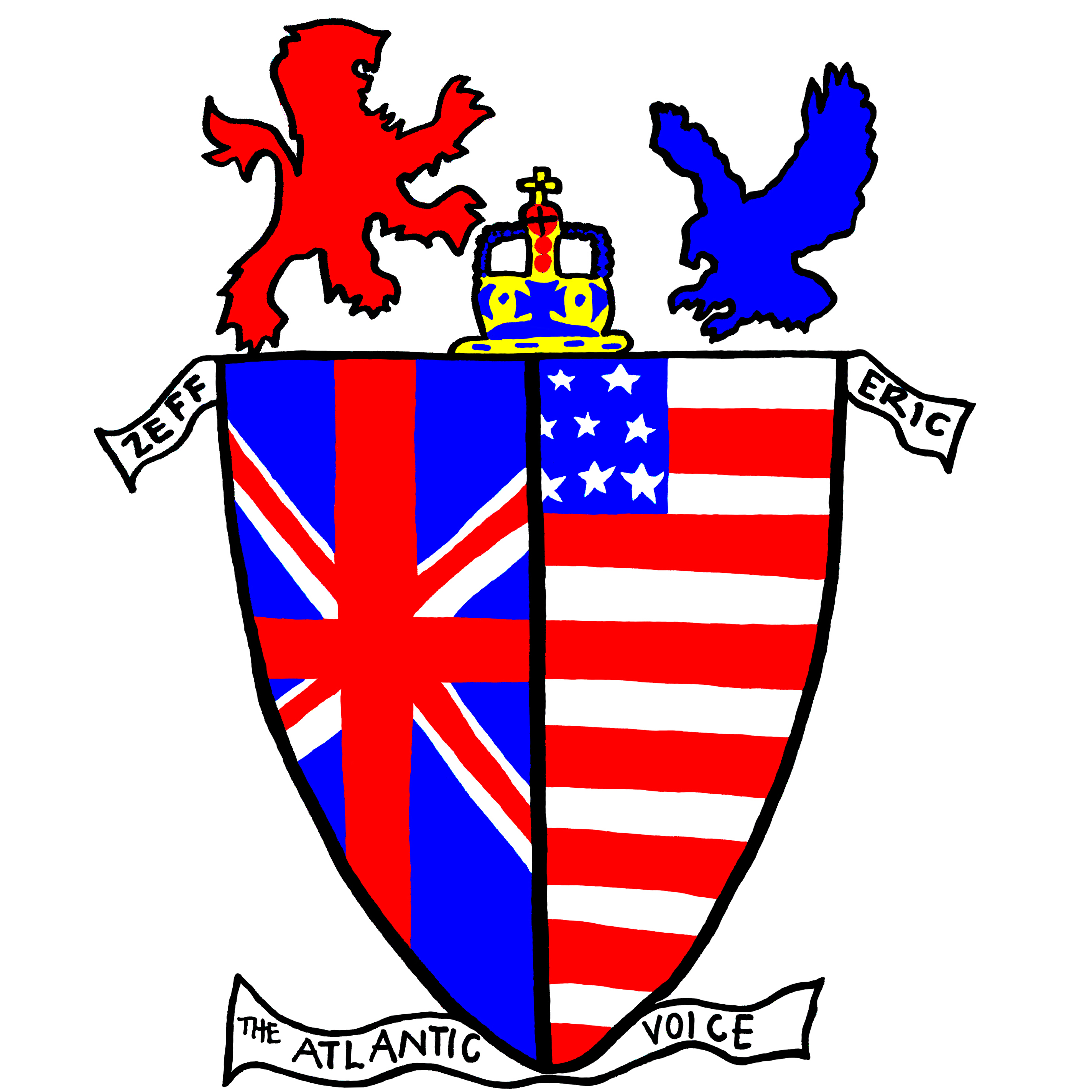The Lance Armstrong affair reached it’s climax this week, though what the denouement will be is anybody’s guess.
 |
| Bracelet or cuffs? |
The report issued by USADA is a lurid tale of drug-taking, pay-offs, and coercion, all in the name of competition. It alleges that Armstrong was at the center of an organized effort to cheat the sporting system within which he competed, all planned with the detail and secrecy of a CIA operation, organized with a contempt for the rules in the same way that organized crime goes about its daily business. There was a cold efficiency to the whole scheme, carried out with the emotional heat of greed and ambition.
It reads like a crime thriller – teammates of Armstrong were threatened and coerced to “get with the program,” with the implication that failure to do so would be signing away their careers. Doctors, and we use that term loosely, were the recipients of regular pay-offs for their “expertise,” league officials acted as informants keeping the riders abreast of dope-testing schedules, and there was an understanding between the incriminated and the sport’s governing body that those nominally in charge would be rewarded for looking the other way. Positive tests were covered up, kickbacks made to those who were supposed to be doing the policing.
Even after the chief protagonist retired, there is evidence of witness coercion, if not outright tampering, to undermine both the Federal and USADA investigations that has brought the sport to this point. Tony Soprano would be proud.
Earlier this week The Atlantic Voice voiced our sense of disappointment in the culture of cheating that has invaded sport at the highest level. But more depressing is the far-reaching and methodical network of plot and machination that helped create in Armstrong a champion, and then by extension an icon, that continues to supersede his athletic achievements. Most amazing were the lengths gone to to beat the system, begging the question – wouldn’t it have been easier and cheaper to win the old-fashioned way through that now clearly idealistic combination of hard work and talent?
And that perhaps is the overarching question that should come out of all of this – what price to prosper? Clearly the rewards are worth it – what’s sad is the indifference that this endgame seems to engender in so many. Armstrong’s legion of fans continue to defend him, regardless of the facts, but that shouldn’t be a surprise – that’s what the devoted do.
On the same day that USADA’s full report was opened to dissection, Nike, (along with other multinationals such as Anheiser-Busch), announced that they would continue to support Armstrong and his cancer foundation. While support for the latter should not be questioned, support for the former should be. Why would a company whose business is sport want to continue sponsoring someone who is a cheat, the exact opposite of what sport is about?
Some were critical of Nike’s continued support for Tiger Woods after his troubles, but one can logically understand their stance; Tiger’s discretions were off-the-job – he damaged his own image for sure, but he hadn’t undermined his work and his workplace. Cheating on his wife was different from cheating out on the golf course, and there is no question that Tiger was and still is an athlete who plays his game by its rules. Nike are in the sports business, not the morality business.
But with Armstrong there is no such maneuvering – he subverted the very field that Nike make their money in – a mockery of all the commercials and images of athletes, professional and weekend warrior alike, perspiring in an alluring mist of self-improvement. How can you sell an ideal when you support a figure who has so brazenly ignored it?
Well, this is the pros and in the pros it always comes down to the money. Nike know that the believers will continue to buy, and in Armstrong’s millions of devotees they have a captive market. And while there are already news reports that some sponsors and race organizers are already looking into the possibility of recapturing over $7 million in prize money, Nike will cynically but wisely play the odds that the public will keep on buying their product, until those odds are judged too steep. You see, Nike’s support isn’t what they give you, it’s measured only in what they’ll get out of it. Woods, like Jordan, is a premium brand; Armstrong-Livestrong-whatever, is the same.
So while Armstrong may eventually have to pay something back, Nike will be around for the public to continue to pay up. That’s a racket that would make even the Mafia jealous. Ironic now, that the user is the one getting used.
For in-depth coverage, check out the following:
www.cyclingnews.com www.velonews.com

Leave a Reply